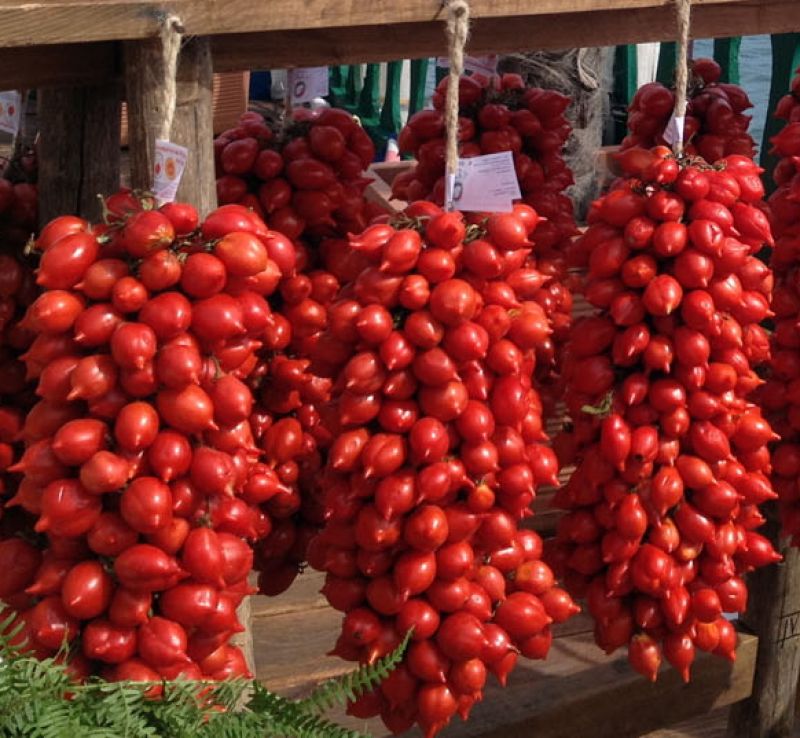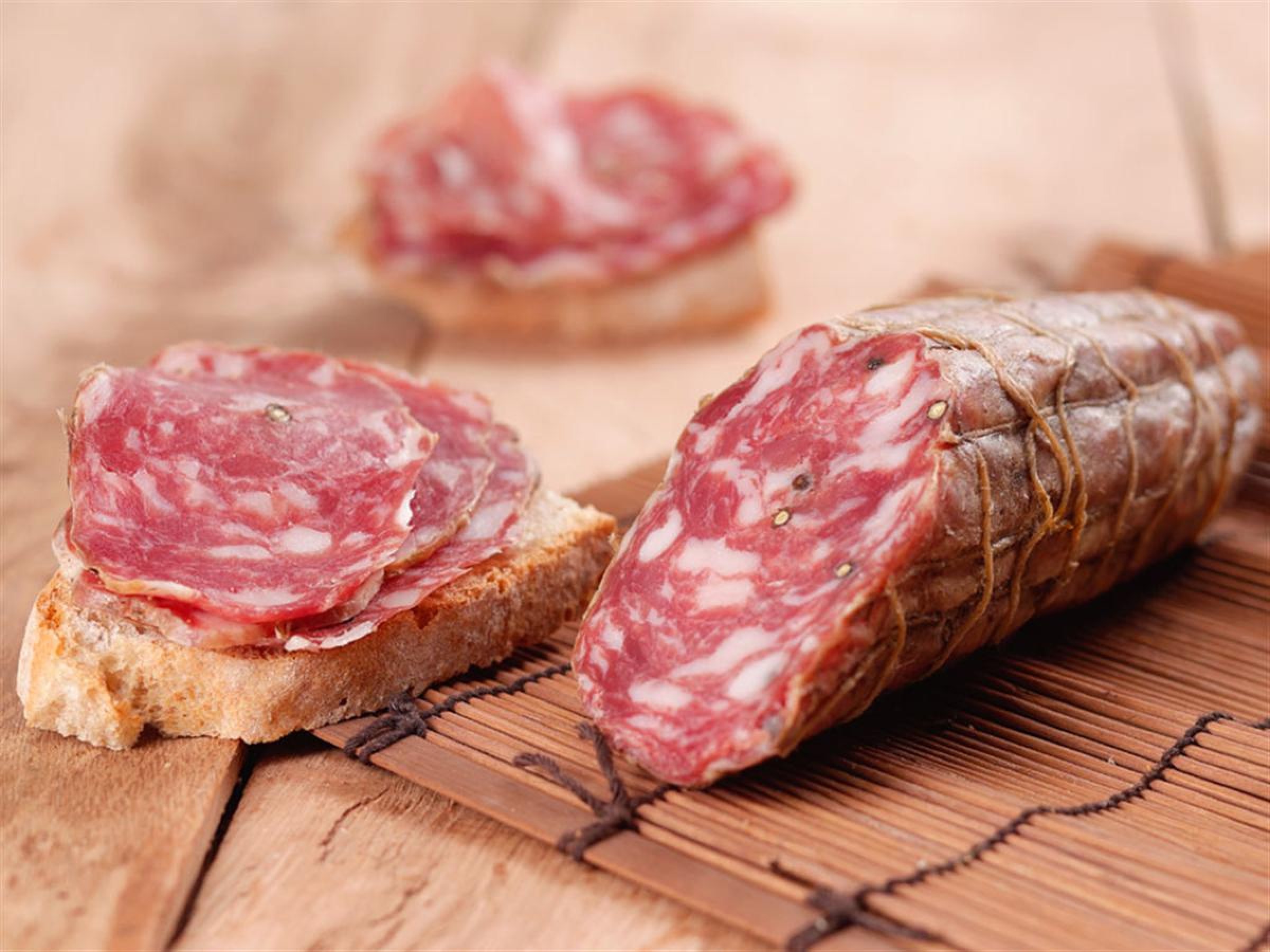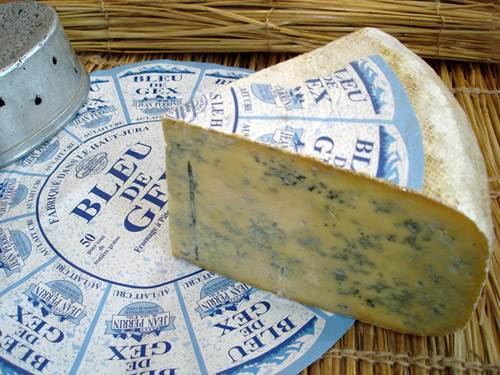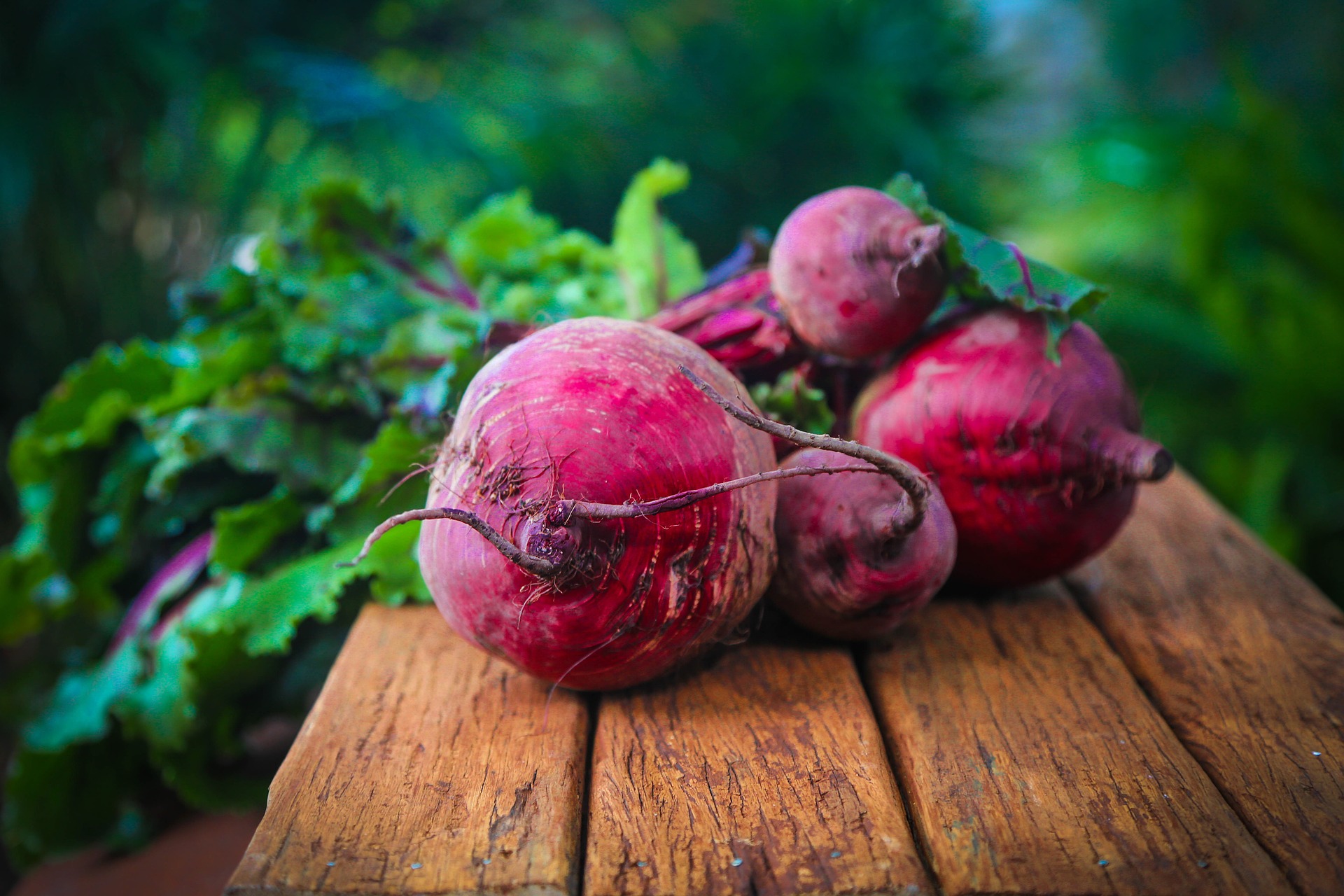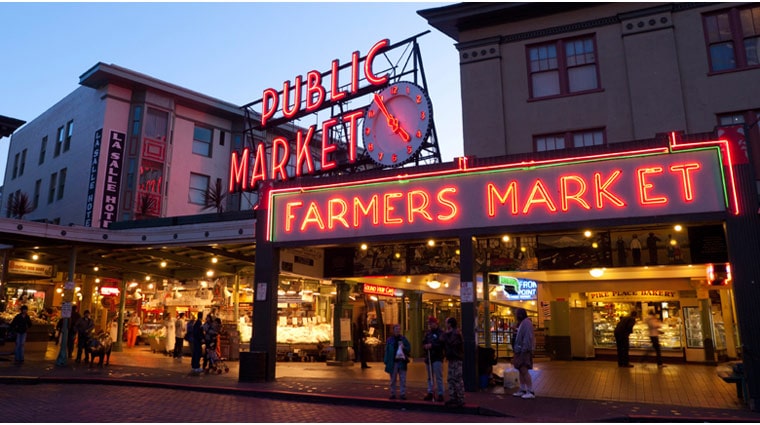na of the most characteristic productions of the Vesuvius area are the pomodorini da serbo "col pizzo," also known as spongilli or piénnoli ("pendulums") due to the custom of hanging them on walls or ceilings, gathered in clusters (schiocche) and tied with hemp cords. They are small (20-25 grams) cherry-shaped tomatoes, which can be distinguished from the now-famous Pachino cherry tomatoes by the presence of two lateral furrows (called ribs) that start from the petiole and give rise to squares, and a point, a "lace," at the end. The skin is thick and tough, the flesh firm and firm, low in juice, drained by the sun shining on the volcano’s arid soils. They are sown in March-April and ripen between July and August, but the ancient preservation procedure calls for harvesting them in whole bunches in early summer and storing them, hung in rooms with adequate temperature and humidity, until winter or even the following spring. Thus, for many months, fish dishes, pizzas and pastas in the Campania tradition can be seasoned with an extraordinarily tasty "pummarola."
They have always constituted the quick mid-morning snack of peasants in the fields: a tomato "squashed" on bread, a drizzle of oil, salt and basil. In the kitchen they are used for quick cooking: for example, for vermicelli with clams or fish all’acquapazza.
he Pomodorino del Piennolo del Vesuvio is appreciated on the market both in its fresh state, and in the typical preserved form "al Piennolo," or even as a preserve in glass, according to an ancient family recipe of the area, called "Pacchetella." The typical area of production and preservation of Pomodorino del Piennolo coincides with the territory of Vesuvius National Park.
Pomodorino is rich in Vitamin A and C, whose anticarcinogenic effects have long been known, mineral salts such as Calcium, Phosphorus and Potassium, which are essential for the proper functioning of the heart and muscles, and Lycopene, which exerts an antioxidant action in the body, stimulating the production of enzymes that block the carcinogenic action of free radicals.
It is one of the most typical and ancient products of agriculture in Campania, so much so that it is even represented in the traditional scene of the famous Neapolitan nativity scene.
